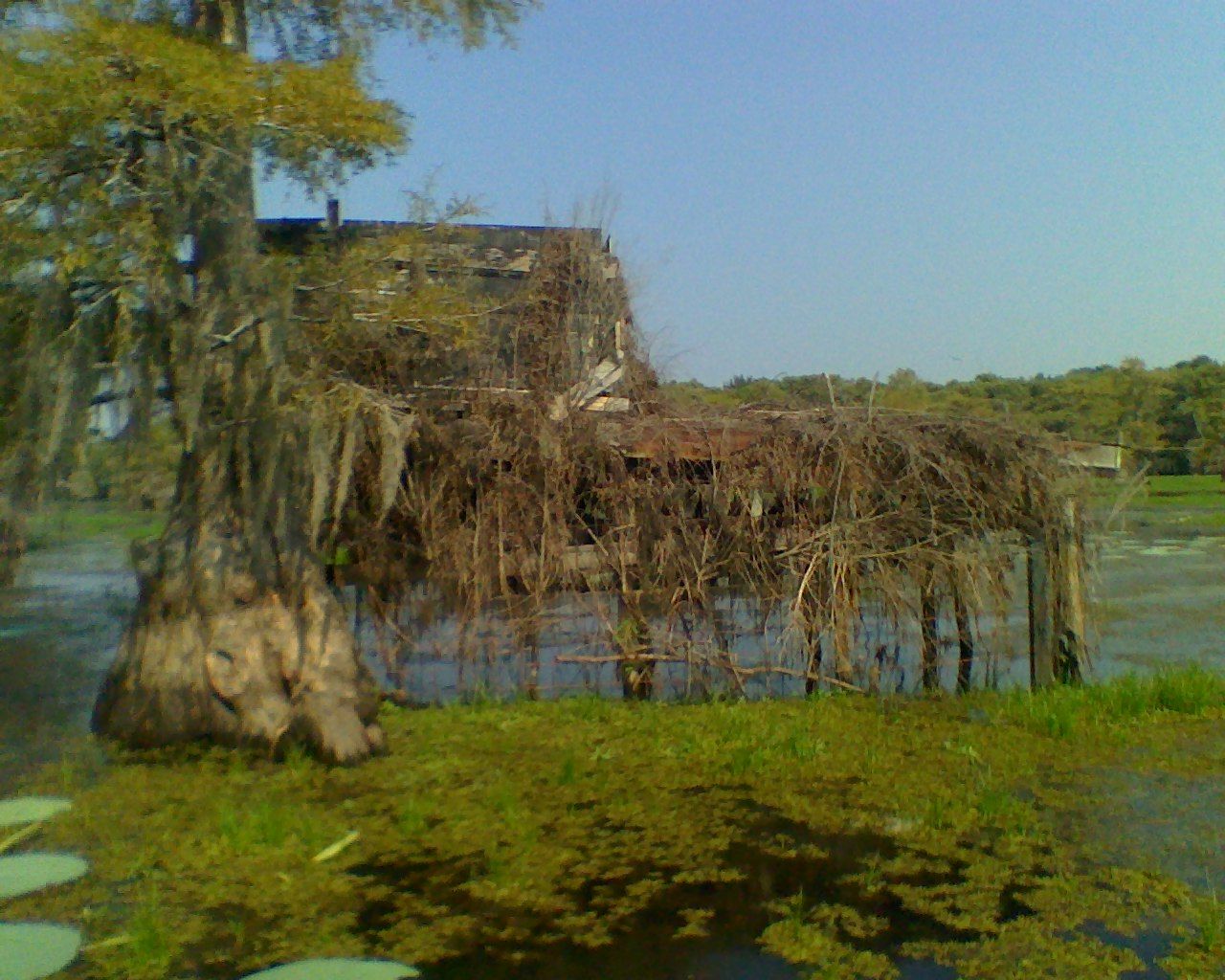

Use a small angle grinder with a standard grinding wheel to smooth any sharp edges created where you cut. Snip the panel in half with a bolt cutters. If you hunt with more than a couple buddies, you’ll want to add another panel to your shopping list. A single cattle panel from your local farm supply store is big enough to provide concealment for two or three hunters.And use raffia grass or other commercially available cover aids to blend into the field.Īnd if birds flare, don’t shrug your shoulders and hope the next flock won't be so smart. It’s easier to cover a mega-hide than multiple setups. When all else fails, place field blinds close together in one giant blob rather than several distinct lumps. During late-season hunts, use cheap artificial snow from aerosol spray cans to blend in. Buy some hay, and spread it around your setup mimic waste grain or stubble. Pick foxtail or other weeds from a ditch, and smother your blinds with that vegetation, taking special care to blur the edges and corners. If you must hunt in the open, find natural cover that mimics the stubble or field surface. In many situations, you’re better off setting up at a rock pile, grassy ditch or fence line off the X instead of trying to hide in a barren field. Use whatever cover you can locate or gather. Harvested oat, wheat, barley or bean fields are another matter, as those fields often resemble a pool table. It’s easy to hunt cut cornfields or lush alfalfa, as there’s plenty of waste material to cover blinds and hunters.

Dry Fieldsįield hunting for ducks and geese brings feast or famine for concealment. Keep everything as natural as possible so birds don’t notice that new blob near the water. Further, avoid disturbing the area around your hide. Then, wedge yourself into that spot and keep a low profile. Locate the tallest cover available, whether that’s willows, phragmites or thick cattails. Being unseen at eye level does no good if birds can look down and see three rednecks huddling together in a 16-foot jon boat.įinding overhead cover is more difficult when you hunt on foot or from a small craft.

Use a model with a roof, whether it’s a partial roof or a swing-open model. Boat hunters can conceal their crafts and everyone inside by using homemade or commercially available boat blinds, which you can also augment with natural cover, such as cattails, willows or grass.

Lakes, rivers, marshes and potholes require more preparation. Suit up in the best-matching camo (again, Realtree Timber is a good choice), snug tight to a big oak, tupelo or cypress with lots of overhead branches, cover your face and resist the urge to move. In areas with trees - flooded timber or wooded creek bends, for example - the equation gets easier. You must bring your A-game to get them close, and that requires 360-degree concealment at water level and cover from above. They have learned that danger lurks in every cattail patch, and their sharp eyes pick out sloppy setups long before they’re in shooting range. Puddle ducks and geese over water might be the toughest decoy customers. When that happens, you must also conceal yourself from above, which brings us to the next setup. In hard-hunted areas, stale birds often fly relatively high, letting them easily pick out phony-looking spreads, ill-conceived shore blinds or even layout boats. If it’s at your side or at your front, use a facemask or face paint to reduce glare.Ĭaveat: Heavily pressured divers can be as wary as any mallard. If the sun is at your back, you might not even have to cover your face. Wear camo that blends into your surroundings - Realtree Max-5 on the prairies or Timber on shoreline rocks, for example - and you should be OK. If you’re hunting from a boat blind, snug it next to some background cover, such as brush or rocks, to break up its outline. Likewise, you can sometimes shoot lots of birds by lying flat on sandbars or huddling amongst shoreline rocks or grass. That's one reason why open-water layout boats have worked for decades. During many hunts, you can simply eliminate your silhouette so you don’t stick up above the horizon. Divers fly low to water and, if relatively unpressured, aren’t the wariest ducks. Let’s start with the easiest cover conundrum. And when in doubt, switch setups or pile on some more cover. Here’s a quick primer on how much and what types of duck blind cover you’ll need for a few common hunts. Duck and goose hunters obsess about concealment because the old cliché is true: If you ain’t hidden, you ain’t shooting. But on most days, you must become invisible to paranoid waterfowl. Sometimes, when the weather is right, birds are fresh and the sun blazes at your back, you can enjoy great shoots with only sparse cover.


 0 kommentar(er)
0 kommentar(er)
